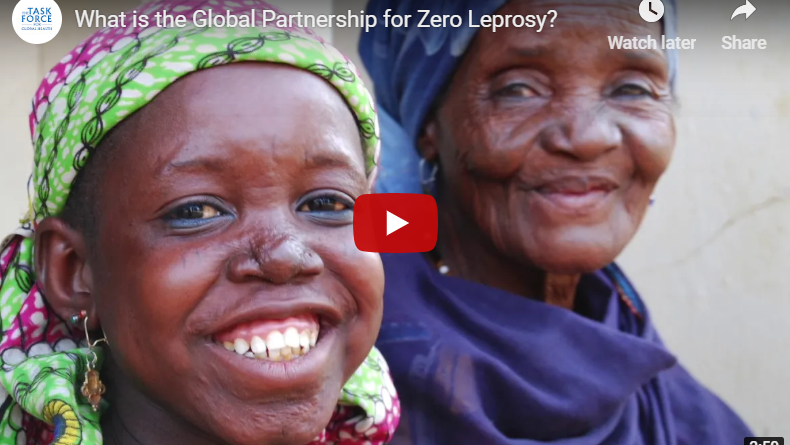New Global Partnership for Zero Leprosy launches to accelerate progress toward a world without leprosy
Ahead of World Leprosy Day on Sunday 28 January 2018, several leading leprosy groups have joined forces to launch a Global Partnership for Zero Leprosy to accelerate progress towards a world without leprosy, also known as Hansen’s disease.
- Innovation in science offers new opportunities and hope for achieving zero leprosy.
- The Partnership will coordinate research in new diagnostics, strategies to interrupt transmission, translation of new evidence into action, and will help strengthen national programs.
- World Leprosy Day (Jan 28) raises awareness of a disease with more than 200,000 new diagnoses per year, primarily in India, Brazil and Indonesia.
The Global Partnership for Zero Leprosy brings together organizations including the Novartis Foundation, the International Federation of Anti-Leprosy Associations (ILEP), the International Association for Integration, Dignity and Economic Advancement (IDEA), as well as national leprosy programs, with support from the World Health Organization (WHO). The secretariat for the partnership will be hosted by the Task Force for Global Health in Decatur, GA, USA.
“Our common vision is zero leprosy. The formation of the Global Partnership for Zero Leprosy is a major step forward in fighting the disease and giving hope to patients,” said Dr. Ann Aerts, Head of the Novartis Foundation. “By combining expertise and coordinating research and funding efforts, we will be able to take advantage of new and innovative approaches to accelerate progress towards the elimination of leprosy.”
Despite the availability of effective multi-drug therapy for the last 30 years, the number of newly diagnosed leprosy patients has remained above 200,000 per year for the last decade, including thousands of children. This is due to barriers such as inadequate resources and stigma, which make diagnosing and treating leprosy difficult and allow the disease to continue to spread. However, scientific innovation is changing the way we approach leprosy. Instead of simply focusing on treatment, we can now implement innovative ways to interrupt transmission of the disease.
“Recent innovations mean we are now able to build the final roadmap to eliminate leprosy once and for all,” said Jan van Berkel, ILEP President. “Disease elimination is too big a challenge for one organization or sector alone, and the NGO community looks forward to contributing to the combined expertise of the partnership. Together, I am optimistic that we can achieve zero leprosy.”
Today, around 2 million people are thought to be living with significant disabilities as a result of leprosy and many millions more are affected by leprosy-associated stigma or have undiagnosed and untreated leprosy. If left untreated, the infection can spread to others and cause progressive and permanent damage to the skin, nerves, limbs and eyes.
“The fear of stigma and discrimination will often stop persons who might have early signs of leprosy from seeking treatment,” said José Ramirez, Jr., board member, International Association for Integration, Dignity and Economic Advancement (IDEA). “Leprosy is a form of bullying because of the labelling, rejection and fear towards persons affected.”
The Global Partnership for Zero Leprosy will coordinate action in three key areas: (1) accelerating research in new diagnostic and therapeutic tools, interventions, and strategies to interrupt leprosy transmission; (2) mobilizing technical assistance and expertise to strengthen existing national programs and accelerate translation of new evidence into action; and (3) increasing advocacy and fundraising.
“The Global Partnership for Zero Leprosy adds momentum to global efforts to end discrimination of persons affected by leprosy and to reach zero transmission and the eventual elimination of this age-old disease,” said Dr. Erwin Cooreman, Team Leader of WHO’s Global Leprosy Programme.
For more information on the Global Partnership for Zero Leprosy visit www.zeroleprosy.org.
